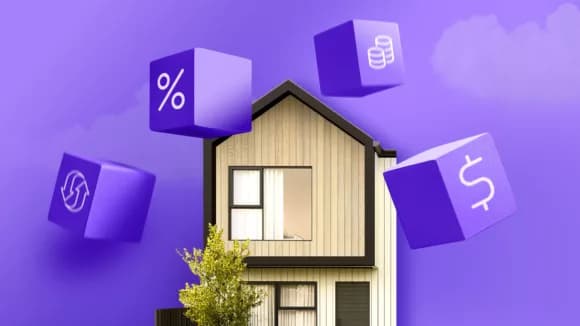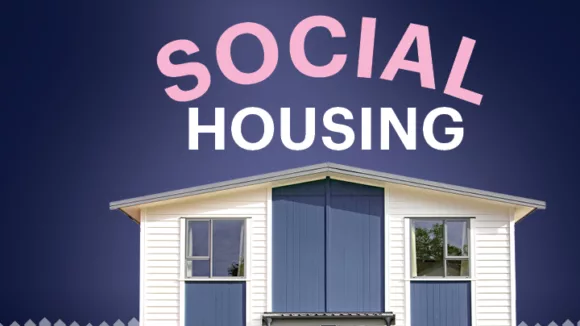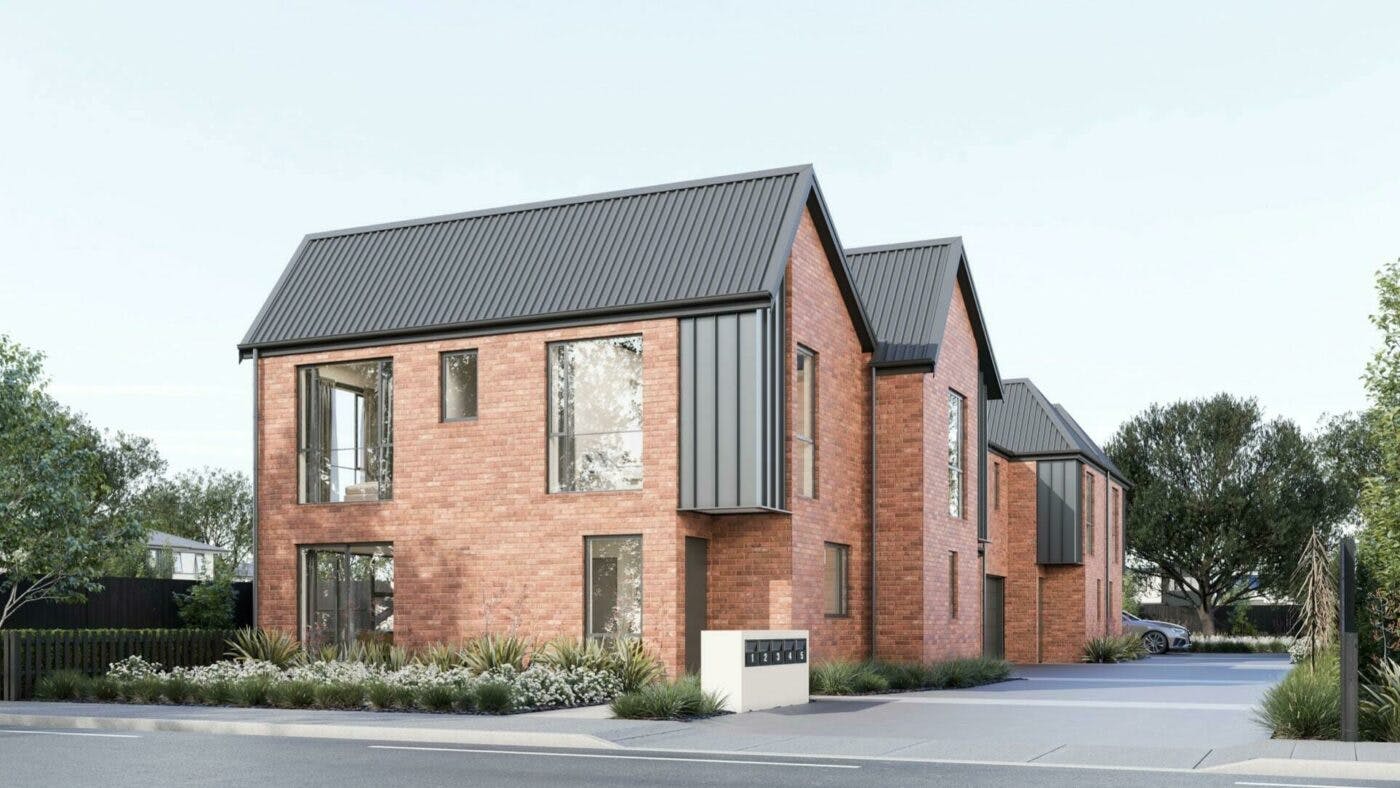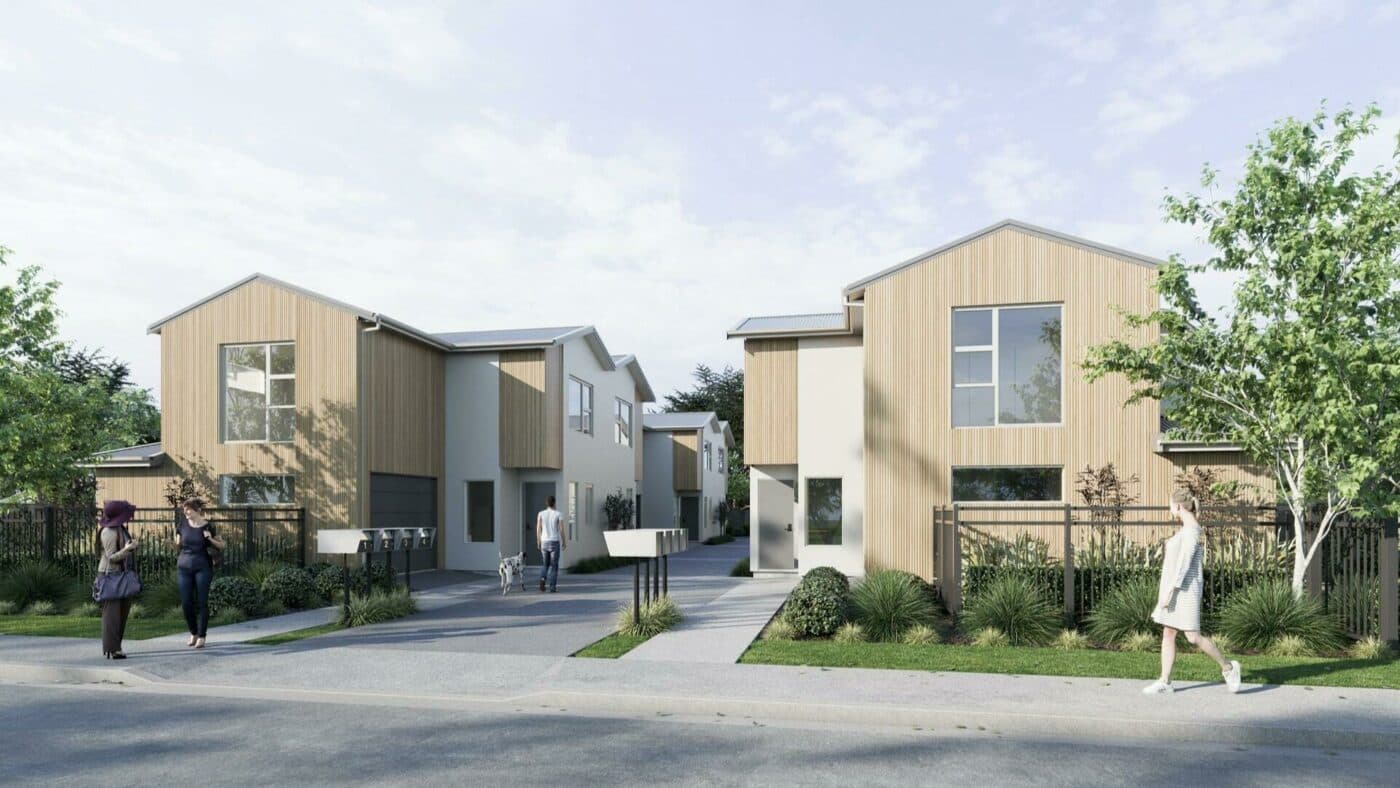
Tax
What taxes do property investors need to pay?
This article outlines the core taxes NZ property investors are subject to, + tactics you can use to minimise the amount of tax you have to pay.
Property Investment
11 min read

Author: Laine Moger
Journalist and Property Educator, holds a Bachelor of Communication (Honours) from Massey University.
Reviewed by: Ed McKnight
Resident Economist, with a GradDipEcon and over five years at Opes Partners, is a trusted contributor to NZ Property Investor, Informed Investor, Stuff, Business Desk, and OneRoof.
Thousands of Kiwi families are still currently living in motels, waiting on a seemingly endless list for social and public housing.
In an unusual move, the government is now reaching out to private property investors to help solve this national crisis.
Long-time labelled as profiteering landlords, private property investors are set to receive a tax incentive if they help the government solve this social housing problem.
In this article, you’re going to learn what social housing is, where social houses are, and the new interest deductibility laws and the tax incentives for property investors who choose to rent to a social housing provider.
And if you have a question, write your questions or thoughts in the comments section below.
Social housing is the collective term for any and all subsidised rental provided by the government.
That doesn’t mean that the government necessarily owns the houses. The government will own some of the properties used for social housing. However, they will also rent properties and then re-lease them to social housing tenants.
Kāinga Ora is the new Housing NZ and it manages most of these rental properties.
However, some social housing is also run by community housing provider organisations such as churches, iwi and housing trusts.
But there are no special favours or exceptions – all social housing providers have to follow the Residential Tenancies Act 1986, just like landlords in the private rental market.
For instance, community housing providers have to register with the regulatory authority and meet the required standards. For the full list visit: chra.hud.govt.nz/about-chra/register.
Kāinga Ora is also pumping a ton of investment into social housing builds nationwide, and accounts for about 10% of the rental market.
Currently, it manages 67,000 state houses, but it’s not enough. There is a long waiting list of 26,664 people waiting for homes, and a growing need for public housing in New Zealand.
According to the government’s Public Housing Plan, the areas most in need are:
It’s more than likely you already live on the same street as a Kainga Ora property and you don’t know it.
As we said above, Kāinga Ora accounts for about 10% of the rental market. Community housing providers provide even more.
Here is where social housing is most prevalent. The map shows the number of social houses (rented by Kainga Ora) as a percentage of all houses within the area.
For instance, in Auckland there are 29,923 rentals managed by Kāinga Ora. There are 498,783 occupied dwellings in total. So 6% of properties in Auckland are managed by Kainga Ora.
So for every 16 occupied houses you drive past in Auckland, one of them is managed by Kainga Ora.
Kainga Ora houses are most prevalent in Porirua City (Wellington Region). There Kainga Ora managed houses make up 11.02% of homes that have someone living in them.
So for about every 9 houses you drive past in Porirua City, one will be Kainga Ora managed.
It’s easy to link low socio-economic areas to Kainga Ora builds, but actually they are everywhere.
Property investors who rent their houses as social housing still receive rent in line with the market for that area. This is paid to you by Kainga Ora, or the relevant community housing provider.
However, the rent that is actually paid is split between the tenant and the government. The amount the tenant pays is based on their household income.
This is called Income Related Rent and is based on 25% of their net income, for those who earn a household income below the cut-off rate.
The government then pays the difference between what the tenants pays and the normal market rent.
There are some instances where the government will pay the entire rental amount, such as if the tenant is receiving Sole Parent Support, are getting New Zealand Superannuation, or Veteran’s Pension.
So property investors who rent their homes as Social Housing don’t necessarily lose out on rent. But, there are some other risks, which we’ll go through, below.
The new interest deductibility law, announced in late September, stated that if a property investor rents their house through public housing they’ll have access to special tax incentives.
This news has turned heads in property circles.
So what are the incentives? The government is changing how property investors’ tax is calculated. Before the changes came in, calculating your investment property’s taxable profit would include your interest costs as a taxable expense.
This is no longer the case. Interest cost is now left out of the equation. So, your property looks more profitable (to the IRD) and you pay more tax.
But any investor who rents to public housing can still calculate their tax under the old rules. So they will pay significantly less tax.
For example, an investor with a $700,000 mortgage could save up to $7,000 a year if renting through the public housing system.
That’s why many investors are now considering a move to rent their properties through Kainga Ora or through a registered community housing provider.
However, while investors are desperate to find a way to get around this hefty new tax, many might pause at the thought of renting their investment to social housing. Stereotypes abound at the thought.
More from Opes Partners:
It is important to know that not all social housing is provided by Kainga Ora. While you might think they're the same thing – they’re actually different.
“Public housing” can be broken into two groups.
There is ‘state housing’, which is organised through Kainga Ora.
Then, there is community housing, which is provided by Registered Community Housing Providers.
While Kainga Ora may be better known, property investors can qualify for the tax exemption by using either organisation.
The names of Community Housing Providers are already well known to you. They include the Salvation Army and Auckland City Mission, as well as other, lesser-known housing providers, like Link People.

It’s not just tax incentives that cause property investors to consider switching to public housing.
Community Housing Providers often don’t charge property management fees. This means an additional 8-12% savings on the rent percentage they would usually pay to a property management company.
Not only that, Community Housing Providers will often pay the property investor rent, even if the house is empty.
For context, investors usually budget for 4-6% of the year where their property is empty and receives no rent (i.e. vacancy).
These factors combined are tipping the scales in favour of social housing – especially if investors’ property isn’t covered under the New Build exemption.
Property investors are more than likely going to be aware of the drawbacks associated with renting through a Community Housing Provider.
First, you don’t have a choice over who your tenant is compared to renting privately.
Secondly, some tenants are naturally going to have a range of social issues or problems. This could negatively impact your property if the tenants are disrespectful or aggressive.
This fact alone might be enough to scare some investors off. For others – especially investors with smaller portfolios – the financial incentives may be enough to make the switch.
While social housing providers pay you the market rent today, you do have to be wary if signing on for a long-term commitment.
For instance, some investors have signed 10-year contracts with Housing NZ in the past. And while the rent was at the market level at the start of the contract, sometimes the ability to increase the rent was stymied by the contract.
In practice this means rents in the broader market went up more quickly than the public housing contract allowed.
So, while investors might not have started earning less rent than they could have received in the private market, they gradually earned less over time.
This depends on the contract you sign. If it’s shorter term and not locked in, you might be OK. If it’s longer term, then make sure you go through it with a fine-tooth comb.
Whichever way you decide, it’s also important to note the legislation has not yet been passed through parliament and is not yet law. The rules could yet change through the select committee process.

While we understand that community housing providers are crying out for properties … it’s not as straightforward as: “Here, use this house of mine”.
Community Housing Providers won’t just take any property an investor wants to offer them.
The houses have to make sense for the people who are in need of property right now.
And this can be influenced by which city the property is in, how many bedrooms it has, or the type of access.
For example, of the 26,664 people currently on the social housing register, 48.8% require a 1-bedroom property. 31.3% require a 2-bedroom property and just 13.8% need a 3-bedroom property.
Similarly, the demand for social housing changes depending on location. There are currently 5 social houses needed per 1,000 people in Auckland.
But in Waimate, South Canterbury, there are only 9 houses needed in total. That’s 1.1 houses required per 1,000 people.
Here’s a map breaking down the demand for new social housing across the country.
It means if you have a 1 or 2-bedroom property located in Auckland, you have a better chance of renting through a Community Housing Provider, compared with if you have a 5-bedroom property in Waimate – where no 5 bedroom properties are required.
Similarly, there’s not a lot of demand for extra social housing at the bottom of the South Island. So as a landlord, it’s going to be harder to rent your property out as social housing if it’s in Southland.
Whereas if that property was on the east coast of the North Island, you would have a better shot. That’s because there is lots of demand for new social housing there.
Though it’s important to note that even though there is lots of demand for 1-bedroom properties, not every 1-bedroom property will be appropriate for every social housing tenant.
Some tenants have specific needs, for instance wheelchair access. This might make it harder to rent a property with stairs to a Community Housing Provider compared with a property that doesn’t.
If you’re a property investor who is considering renting through social housing, you can find the full list of properties required through the social housing register.
Use the data to see whether the property you have is needed in the community where it’s based.
You can also find a registered Community Housing Provider in your area through the Community Housing Regulatory Authority register. Get in touch and see what sort of properties their tenants need right now. They’ll be grateful for your call.
One good thing about this change – other than the fact that investors have an option to decrease the tax they pay – is that it recognises property investors can be part of the solution.
The government has struggled to build and find all the properties needed to house our country’s most vulnerable.
Incentivising and calling investors to be part of the solution has multiple benefits as it solves a social problem by using private capital.
While there are clear financial incentives to now rent to social housing, the decision on whether to do it or not is often emotional.
Some investors wouldn’t touch social housing with a barge pole. They worry about the quality of tenant and the potential impact on their property.
But on the other hand, here at Opes Partners, we often get texts and emails from investors who happily rent to a Community Housing Provider.
These investors not only enjoy the financial incentive, but also feel like they’re doing a good thing for those who might otherwise struggle to find good accommodation.
Here at Opes, as long as it doesn’t stress you out, we’re open to it. This may be a way to keep your existing properties that you might otherwise be forced to sell. Just keep an eye on the contract to make sure you’re able to increase rents to the market rate.
Journalist and Property Educator, holds a Bachelor of Communication (Honours) from Massey University.
Laine Moger, a seasoned Journalist and Property Educator holds a Bachelor of Communications (Honours) from Massey University and a Diploma of Journalism from the London School of Journalism. She has been an integral part of the Opes team for four years, crafting content for our website, newsletter, and external columns, as well as contributing to Informed Investor and NZ Property Investor.
This article is for your general information. It’s not financial advice. See here for details about our Financial Advice Provider Disclosure. So Opes isn’t telling you what to do with your own money.
We’ve made every effort to make sure the information is accurate. But we occasionally get the odd fact wrong. Make sure you do your own research or talk to a financial adviser before making any investment decisions.
You might like to use us or another financial adviser